
A fertilizer or fertiliser is any material of natural or synthetic origin that is applied to soil or to plant tissues to supply plant nutrients. Fertilizers may be distinct from liming materials or other non-nutrient soil amendments. Many sources of fertilizer exist, both natural and industrially produced. For most modern agricultural practices, fertilization focuses on three main macro nutrients: nitrogen (N), phosphorus (P), and potassium (K) with occasional addition of supplements like rock flour for micronutrients. Farmers apply these fertilizers in a variety of ways: through dry or pelletized or liquid application processes, using large agricultural equipment or hand-tool methods.

Canterbury is a region of New Zealand, located in the central-eastern South Island. The region covers an area of 44,503.88 square kilometres (17,183.04 sq mi), making it the largest region in the country by area. It is home to a population of 655,000.

Lincoln University is a New Zealand university that was formed in 1990 when Lincoln College, Canterbury was made independent of the University of Canterbury. Founded in 1878, it is the oldest agricultural teaching institution in the Southern Hemisphere. It remains the smallest university in New Zealand and one of the eight public universities. The campus is situated on 50 ha of land located about 15 km (9 mi) outside the city of Christchurch, in Lincoln, Canterbury.
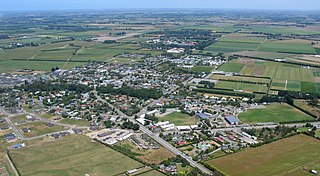
Lincoln is a town in the Selwyn District, in the Canterbury Region of New Zealand's South Island. The town is located on the Canterbury Plains to the west of Banks Peninsula, 22 kilometres southwest of Christchurch. The town has a population of 9,180, making it the second largest town in the Selwyn District behind nearby Rolleston.
AgResearch Ltd is one of New Zealand's largest Crown Research Institutes with over 700 staff and revenue of NZ$160.7 million in the year to June 2014.

Sir Tipene O'Regan is a New Zealand academic and company director.

In New Zealand, agriculture is the largest sector of the tradable economy. The country exported NZ$46.4 billion worth of agricultural products in the 12 months to June 2019, 79.6% of the country's total exported goods. The agriculture, forestry and fisheries sector directly contributed $12.653 billion of the national GDP in the 12 months to September 2020, and employed 143,000 people, 5.9% of New Zealand's workforce, as of the 2018 census.

Water pollution in New Zealand is an increasing concern for those who use and care for waterways and for New Zealand regulatory bodies. An increase in population is linked to an increase in water pollution, due to a range of causes such as rural land use, industrial use and urban development. Fresh water quality is under pressure from agriculture, hydropower, urban development, pest invasions and climate change. While pollution from point sources has been reduced, diffuse pollution such as nutrients, pathogens and sediments development and from stormwater in towns is not under control. There are more than 800 water quality monitoring sites around New Zealand that are regularly sampled.
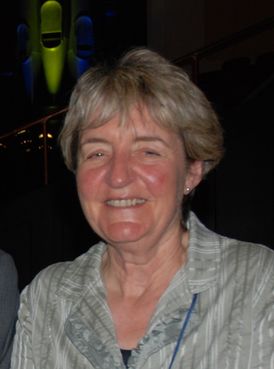
Dame Janice Claire Wright was New Zealand's third Parliamentary Commissioner for the Environment. She was sworn in as Parliamentary Commissioner for the Environment for a five-year term on 5 March 2007, and was reappointed for a further five years in 2012.

Douglas Archibald Campbell was a New Zealand teacher and soil conservator. He was born in Dunedin, New Zealand, on 13 December 1906.

Sir Malcolm McRae Burns was a New Zealand agricultural scientist, university lecturer and administrator.

Jacqueline Sara Rowarth is a New Zealand agronomist, dairy farmer and science administrator.

Paula Elizabeth Jameson is a New Zealand plant physiologist.

Bell-Booth Group Ltd v Attorney-General [1989] 3 NZLR 148 is a leading New Zealand case regarding the legal concept of owing a duty of care in tort for negligence, which in this case was for defamation.

Ann Brower is an environmental geographer from New Zealand. A survivor of the 2011 Christchurch earthquake, she successfully lobbied for a law change to the Building Act, which was passed in 2016 as the Brower Amendment. Brower was promoted to full professor at the University of Canterbury in December 2021. In 2022 she won the Charles Fleming Award for Environmental Achievement.

Brian Peter John Molloy was a New Zealand plant ecologist, conservationist, and rugby union player.
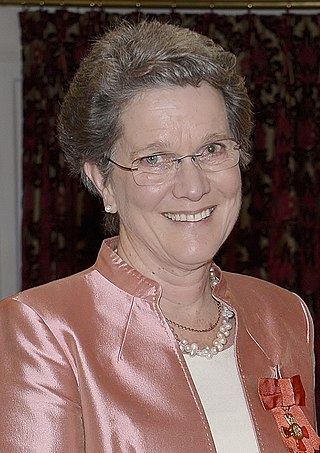
Nicola Mary Shadbolt is a New Zealand farmer, academic and company director. She is currently a full professor at the Massey University and Chair of Plant & Food Research.
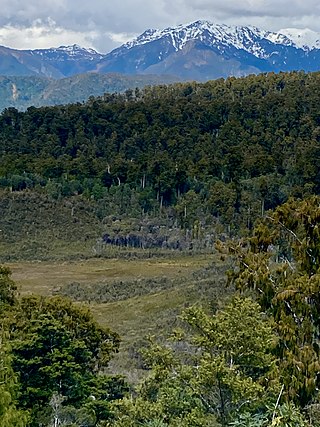
Pakihi or pākihi is a vegetation association unique to the West Coast of the South Island of New Zealand, characterised by flat boggy land with infertile, waterlogged soil on which only rushes, ferns, moss, and mānuka grow.
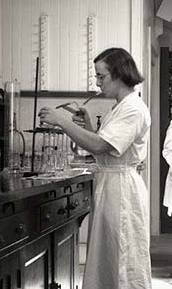
Joyce WatsonFNZIC was a New Zealand chemist specialising in fruit disorders and trace elements.

Patricia M. Fraser is a New Zealand soil scientist at Crown Research Institute Plant & Food Research in Lincoln. Her work focuses on the role of earthworms in the soil, and nitrate leaching, to further understand soil quality in cropping systems. She won a 2020 New Zealand Woman of Influence Award in the Rural category.



















